

Self-Defense Classes in Cromwell, CT – Modern Combatives
Real-World Self-Defense Training
Modern Combatives—a practical self-defense system built for real-life scenarios. Unlike traditional martial arts or cardio kickboxing, this program focuses on techniques inspired by military and law enforcement.
Our curriculum blends Boxing, the Keysi Fighting Method (KFM), and Defence Lab techniques to prepare you for situations like handling multiple attackers or weapons defense.
Conveniently located in Cromwell, CT – serving Berlin, Middletown, Meriden, Newington and surrounding areas.
Self-Defense Classes in Cromwell, CT – Modern Combatives
Real-World Self-Defense Training
Modern Combatives—a practical self-defense system built for real-life scenarios. Unlike traditional martial arts or cardio kickboxing, this program focuses on techniques inspired by military and law enforcement.
Our curriculum blends Boxing, the Keysi Fighting Method (KFM), and Defence Lab techniques to prepare you for situations like handling multiple attackers or weapons defense.
Conveniently located in Cromwell, CT – serving Berlin,
Middletown, Meriden, Newington and surrounding areas.
WHAT TO LEARN
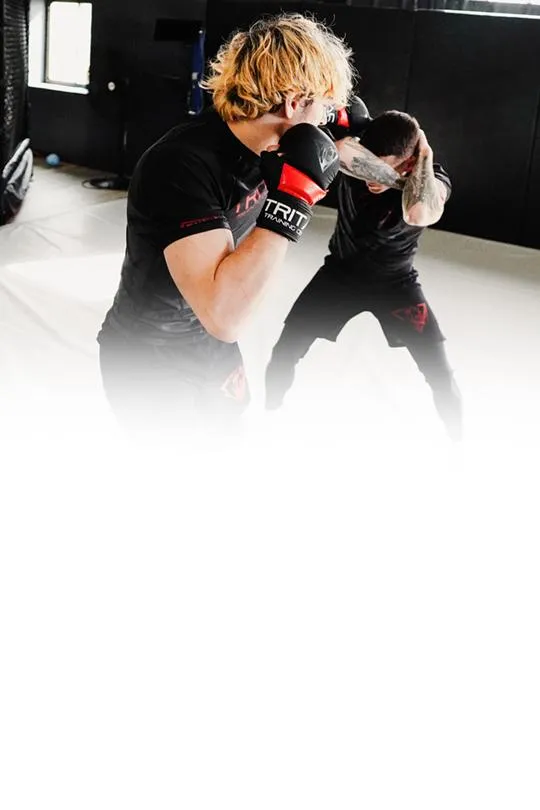
STRIKING FOR SELF-DEFENSE:
Devastating close-range strikes using boxing fundamentals (quick jabs, hooks) combined with KFM/Defence Lab’s unique elbow and forearm strikes (the iconic protective “Pensador” stance from Keysi, for example). This means you learn to hit hard from any angle and cover up effectively.
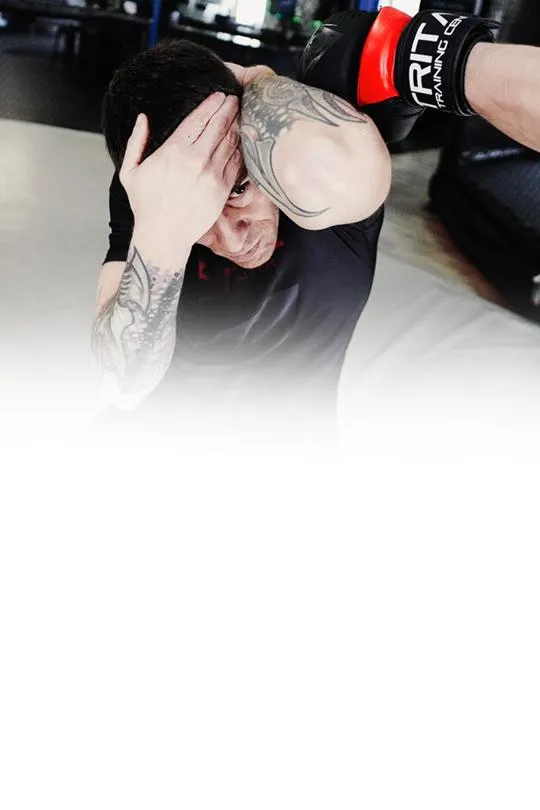
DEFENSE AGAINST COMMON ATTACKS: How to defend against the most likely street attacks – haymaker punches, grabs, chokes, etc. Mention drills like defending surprise attacks from various angles (a hallmark of Defence Lab/KFM is 360-degree defense).
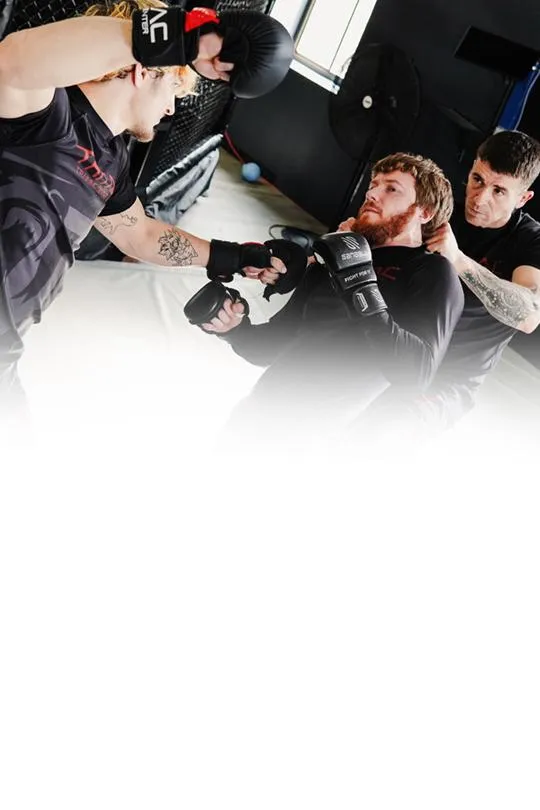
MULTIPLE ATTACKERS & CROWD SCENARIOS: A standout aspect – TRITAC combatives teaches tactics to survive against more than one attacker (using the Defence Lab / Keysi concept of continuous movement and using one opponent as a shield).
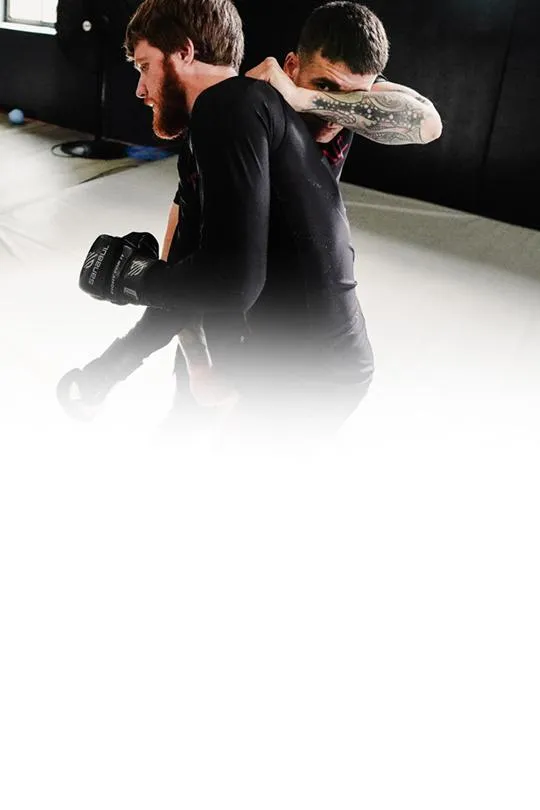
WEAPON AWARENESS:
While not a full weapons course, note that students gain awareness and basic defenses against threats like knives or bats (if included). Even if just disarming drills or understanding distance management against a weapon – highlight as a value-add.
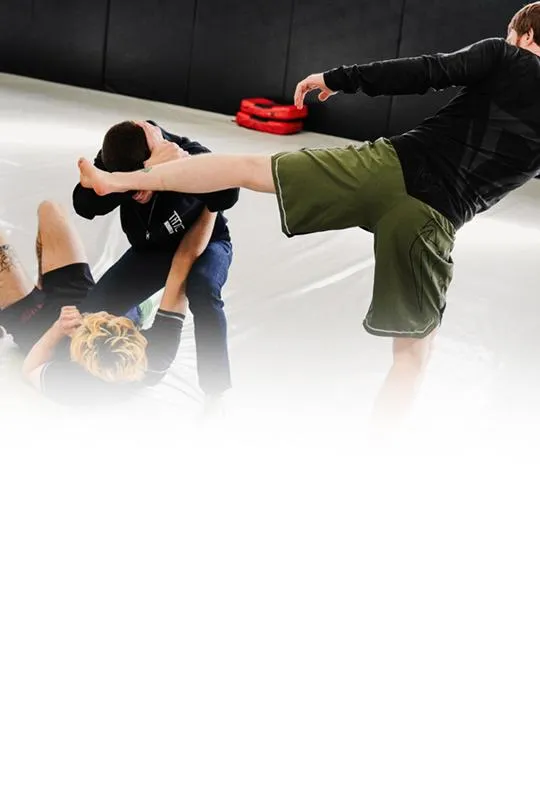
SITUATIONAL TRAINING:
Scenario drills (e.g., defending in a bar setting, low-light conditions, or from a seated position). This keeps training realistic and prepares students for adrenaline stress.
WHAT TO LEARN

STRIKING FOR SELF-DEFENSE: Devastating close-range strikes using boxing fundamentals (quick jabs, hooks) combined with KFM/Defence Lab’s unique elbow and forearm strikes (the iconic protective “Pensador” stance from Keysi, for example). This means you learn to hit hard from any angle and cover up effectively.

DEFENSE AGAINST COMMON ATTACKS: How to defend against the most likely street attacks – haymaker punches, grabs, chokes, etc. Mention drills like defending surprise attacks from various angles (a hallmark of Defence Lab/KFM is 360-degree defense).

MULTIPLE ATTACKERS & CROWD SCENARIOS: A standout aspect – TRITAC combatives teaches tactics to survive against more than one attacker (using the Defence Lab / Keysi concept of continuous movement and using one opponent as a shield).

WEAPON AWARENESS:
While not a full weapons course, note that students gain awareness and basic defenses against threats like knives or bats (if included). Even if just disarming drills or understanding distance management against a weapon – highlight as a value-add.

SITUATIONAL TRAINING:
Scenario drills (e.g., defending in a bar setting, low-light conditions, or from a seated position). This keeps training realistic and prepares students for adrenaline stress.
WHY OUR COMBATIVES PROGRAM IS UNIQUE
Expert Instruction by Ruben Gallego & Team: This program is taught or developed by experts like Coach Ruben Gallego, who has direct training in Keysi Fighting Method and Defence Lab (Ruben is actually featured in Defence Lab seminars) – so students are learning authentic techniques from a legitimate source.
Integrated Approach: Unlike one-dimensional self-defense classes, TRITAC Combatives integrates striking, grappling, and scenario training into one system. It’s a complete self-defense system (“no rules” MMA for the street, as some might say).
Safe and Controlled Environment: We understand that many adults, especially those 30 and older, seek effective martial arts training but may feel cautious about potential injuries. Rest assured, our training is conducted in a safe and supportive environment. Scenarios are intense, but safety is our top priority.
· Protective Gear: Participants wear high-quality safety equipment, such as pads and helmets, during scenario drills to ensure physical safety.
· Cooperative Drills: Exercises are designed to build skills collaboratively, with partners focusing on growth and safety rather than competition.
· Gradual Intensity: Training intensity is carefully increased over time, allowing participants to grow their confidence and abilities at their own pace.
Anyone Can Learn: You don’t need to be an athlete or martial artist – the techniques are designed to be quickly learned and applied under stress.
CLASS STRUCTURE & ATMOSPHERE
Warm-ups that simulate real conditions (drills to raise heart rate, because fights are stressful).
Technical segment – learning a combo or defense technique step-by-step.
Drills or scenarios – e.g., pad drills where one person is in the middle defending multiple pad holders approaching (fun and practical).
Emphasize adrenaline management – students practice under pressure so they build reflexes and confidence to stay calm if something happens in real life.
Highlight that classes are high-energy, empowering, and supportive. Everyone encourages each other because the goal is personal safety for all.
WHY OUR COMBATIVES PROGRAM IS UNIQUE
Expert Instruction by Ruben Gallego & Team: This program is taught or developed by experts like Coach Ruben Gallego, who has direct training in Keysi Fighting Method and Defence Lab (Ruben is actually featured in Defence Lab seminars) – so students are learning authentic techniques from a legitimate source.
Integrated Approach: Unlike one-dimensional self-defense classes, TRITAC Combatives integrates striking, grappling, and scenario training into one system. It’s a complete self-defense system (“no rules” MMA for the street, as some might say).
Safe and Controlled Environment
We understand that many adults, especially those 30 and older, seek effective martial arts training but may feel cautious about potential injuries. Rest assured, our training is conducted in a safe and supportive environment. Scenarios are intense, but safety is our top priority.
· Protective Gear: Participants wear high-quality safety equipment, such as pads and helmets, during scenario drills to ensure physical safety.
· Cooperative Drills: Exercises are designed to build skills collaboratively, with partners focusing on growth and safety rather than competition.
· Gradual Intensity: Training intensity is carefully increased over time, allowing participants to grow their confidence and abilities at their own pace.
Anyone Can Learn: You don’t need to be an athlete or martial artist – the techniques are designed to be quickly learned and applied under stress.
CLASS STRUCTURE & ATMOSPHERE
Warm-ups that simulate real conditions (drills to raise heart rate, because fights are stressful).
Technical segment – learning a combo or defense technique step-by-step.
Drills or scenarios – e.g., pad drills where one person is in the middle defending multiple pad holders approaching (fun and practical).
Emphasize adrenaline management – students practice under pressure so they build reflexes and confidence to stay calm if something happens in real life.
Highlight that classes are high-energy, empowering, and supportive. Everyone encourages each other because the goal is personal safety for all.
WHO SHOULD JOIN?
Adults: Whether you're new to martial arts or driven by family responsibilities, it's never too late to learn life-saving self-defense skills.
Fitness Seekers: Looking for a workout beyond the treadmill? Hit the pads, break a sweat, and sharpen your protection skills.
Busy Professionals: With impactful classes just 1-2 times a week, you can fit personal protection training into your schedule seamlessly.
Martial Artists: Broaden your expertise—augment your BJJ or MMA practice with street-specific tactics that give you an edge
Don’t wait until after something happens – prepare yourself now.
WHO SHOULD JOIN?
Adults: Whether you're new to martial arts or driven by family responsibilities, it's never too late to learn life-saving self-defense skills.
Fitness Seekers: Looking for a workout beyond the treadmill? Hit the pads, break a sweat, and sharpen your protection skills.
Busy Professionals: With impactful classes just 1-2 times a week, you can fit personal protection training into your schedule seamlessly.
Martial Artists: Broaden your expertise—augment your BJJ or MMA practice with street-specific tactics that give you an edge
Don’t wait until after something happens – prepare yourself now.
Trusted and Loved By
Hundreds of CT Residents
"
“Awesome place to learn new skills, train, and have fun! I love how honest and helpful instructors and more experienced members are.
I've only been in about a month, but am expecting that to continue well through and beyond the first 6 months.”
– Gary Liseo
"
“Great gym, everyone here is awesome and they have an excellent coach in Matt Bryers! Can’t say enough about this place. You gotta check it out.”
– Chris Ahearn
"
“Great place to train, whether it’s martial arts, strength or fitness. Great instructors. Lot of classes to choose from. Great community.”
– Jimmy Mirabito
Trusted and Loved By
Hundreds of CT Residents
"
“Awesome place to learn new skills, train, and have fun! I love how honest and helpful instructors and more experienced members are.
I've only been in about a month, but am expecting that to continue well through and beyond the first 6 months.”
– Gary Liseo
"
“Great gym, everyone here is awesome and they have an excellent coach in Matt Bryers! Can’t say enough about this place. You gotta check it out.”
– Chris Ahearn
"
“Great place to train, whether it’s martial arts, strength or fitness. Great instructors. Lot of classes to choose from. Great community.”
– Jimmy Mirabito
The hardest step is walking in the door
But once you do, it might be the most awesome thing you've ever done. And if it's not, there's no obligation!
The hardest step is walking in
the door
But once you do, it might be the most awesome thing you've
ever done. And if it's not, there's no obligation!

Martial Arts Studio in
Cromwell, CT
LOCATIONS
©2025 Copyright TRITAC Training Center


